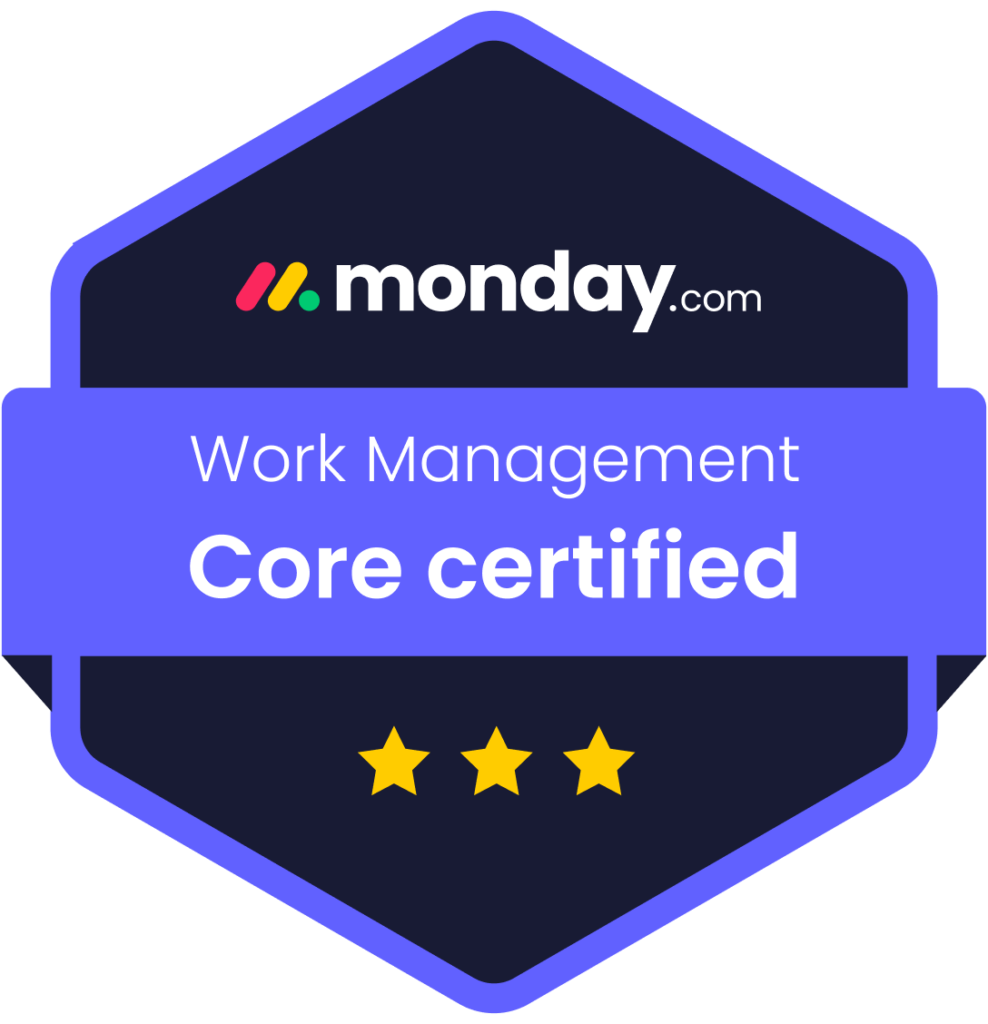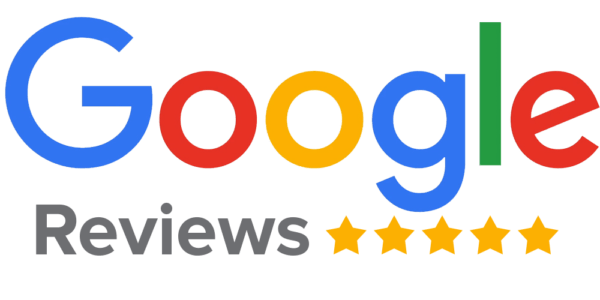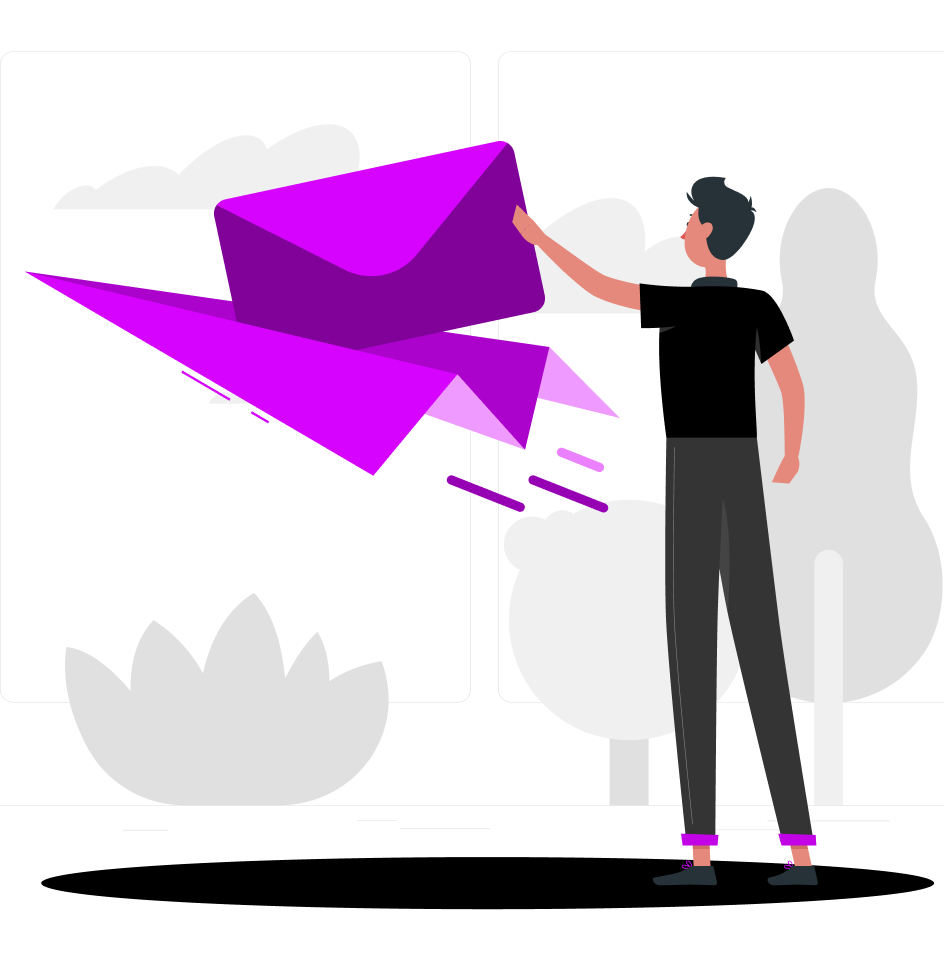SEO helps you gain visibility and drive more traffic to your Connecticut business. Are you wondering where to start? Don’t sweat it – we have got you covered. Let’s get started with the ten best SEO practices that will have your Connecticut business climbing the search engine ranks in no time.
Conduct Thorough Keyword Research
Keyword research helps you find the correct keywords that are suitable for targeting. It makes it easier for you to understand what your target audience is searching for. You can identify the content gap where the queries are not adequately addressed.
You can search for the keyword in the search engines and get an idea of the content ranking for the particular keyword. Then, cluster the related keywords and plan for the content properly. You can look for the search volume and keyword difficulty using tools like SEMRush, Ahrefs, Moz, Ubersuggest, etc. Also, using long-tail keywords can build your site’s authority and rank more easily.
Optimize Website’s Structure
Search engines crawl, index, and rank your Connecticut business website. Sitemap is an efficient way for search engines to find all the pages on your site.
You can follow the Pyramid Site Structure. It starts with the homepage that connects to various categories on your site. You can limit the number of categories to around two to seven. Categories also help improve the user experience by providing an easier way to navigate the site by placing them at the top of every page.
A single category can have multiple sub-categories. It’s better to keep a uniform number of sub-categories under each category. Finally, the sub-categories can have many products under them. We also recommend using a shallow site structure. Users should be able to visit a page without clicking many times.
The pages should also follow a hierarchy. The title should be H1, and the subheadings should be H2s, with sections as H3s, paragraphs as p tags, and so on.
Improve Page Speed
Search engines will crawl a few pages with their allocated crawl budget if your site has a slow speed. Page speed is also correlated with the bounce rate. A site with a slower page speed had a higher bounce rate. So, page speed affects the indexation and conversions of your Connecticut business.
You should avoid using slow servers with an average response time higher than 200 ms. Also, it should have a high uptime rate. Google Page Speed Insights is a good place to measure your site’s page speed.
You can use Gzip to reduce the size of your HTML, CSS, and JS files larger than 150 bytes. The sizes of images are often larger than HTML and CSS files. So, image optimization also greatly improves the page speed of your Connect business website. If you use WordPress, you can use one of the plugins like WP Rocket, Nitropack, WP Fastest Cache, Perfmatters, and so on to improve your page speed.
Prioritize Local SEO
The first step for Connecticut local SEO is optimizing your GMB profile. Providing accurate information to keep your customers updated is a good practice. Use the target keywords and verify the address of your business.
Positive reviews attract new customers. Getting good reviews is also a positive factor for ranking your Connecticut business in search engines. You should include location-specific keywords to serve the local customers best. To assist with this process you could partner with a Connecticut SEO Company.
Publish High-Quality Content
High-quality content fulfills what the user is exactly searching for. Always aim for content that covers your product or a topic the user is searching for in-depth. It helps in building trust with the users. If the person writing the content has first-hand experience using the product, they can provide real-world information and guide your customers best.
Use the best title for the content, as it is the first thing the users come across in search engines. The title should be related to the content, and you should not misinterpret it to gain more clicks. So, your content should deliver what the audience expects before visiting any page on your site.
Always get to the point and detail the content with the necessary word count. Some topics can be explained clearly in 500 words, while others require more than 2000 words. Using bluff to increase the word count is not a good practice.
Improve Mobile Responsiveness
The elements of your Connecticut site should be easy to navigate with the decreased width on mobile devices. The visitors don’t want to stay on sites that are not responsive on mobile devices. A mobile-first approach helps in making your Connecticut business site responsive. It’s because it’s easier to scale up than to scale down.
The visitors on desktop devices interact with the clicks via mouse or trackpad but do taps or swipes on mobile. So, your site must be designed for thumbs. Making the layouts adaptive by default makes it much easier to be responsive without requiring separate CSS for different devices. The site should also be responsive in landscape orientation.
Focus on User Experience (UX)
You should have fixed objectives for your Connecticut business website. The visitors must be able to navigate across the various pages easily. Your site should be designed for the comfort of users. Your priority should be to retain the users longer and make them revisit your site. It has a positive impact on ranking higher in search engines. Try to keep the site simple with appropriate whitespace. There must be unity among the different elements.
Implement Schema Markup
Schema markup enhances the search results. It improves the CTR of your Connecticut business. There are schema markups for ratings, news articles, courses, organization, and many more. Add JSON-LD code to implement schema markup on your Connecticut business site. Google Structured Data Markup Helper can ease the addition of schema markup to your site.
Create Local Landing Pages
These pages target the specific locations of your customers. They matter for SEO as they contain location-specific keywords or phrases like “near me”. You can get the top locations of the visitors to your site. Then, find the keywords for those locations to create local landing pages. Finding keywords with lower competition but higher search volume is better. You can add a CTA at the appropriate part of the landing page to convert your visitors to customers.
Monitor SEO Performance
Track your conversion rates to know if your SEO efforts are attracting customers. Also, check the number of organic visitors to your Connecticut business. You can use keyword rank trackers to get a history of the position of your targeted keywords. Google Search Console can also help you to find new keywords for new ranking opportunities. Also, track the average time per session of the visitors on your Connecticut business site.
SEO is a long-term game. If you are looking for a Connecticut SEO Company, look no further than Skyfield Digital. You can partner with us today and let us follow the best SEO practices for your Connecticut business. Feel free to explore our pricing options and contact us to get started.













